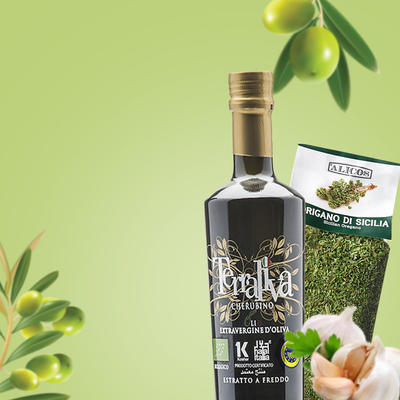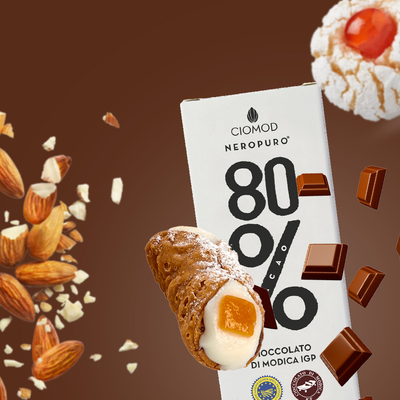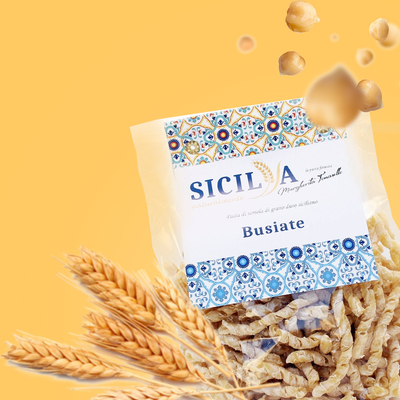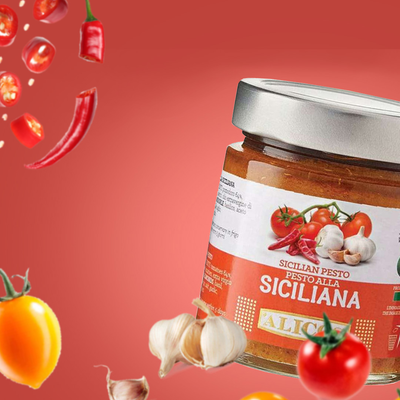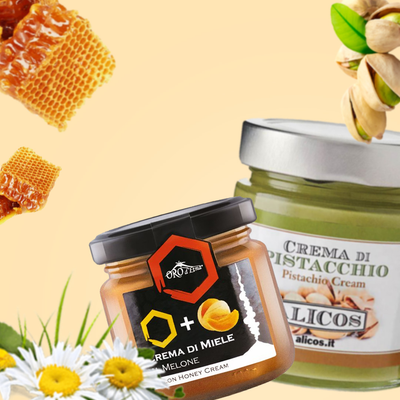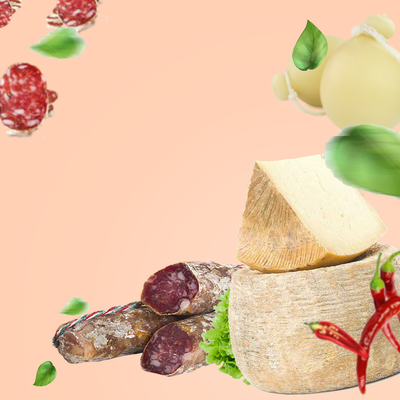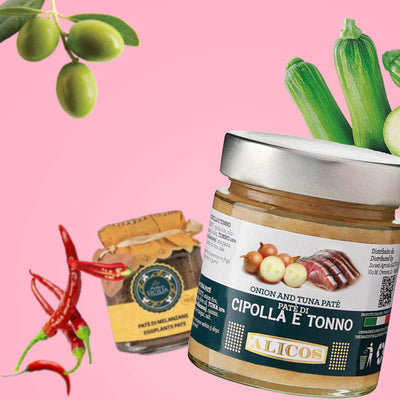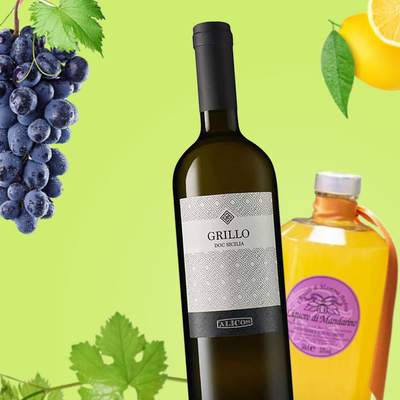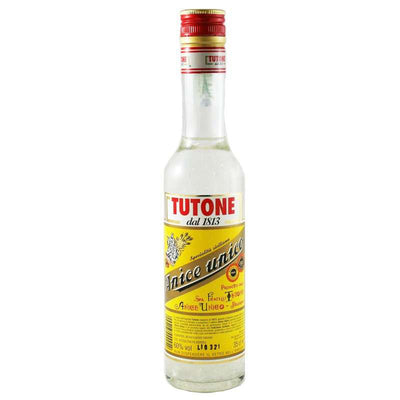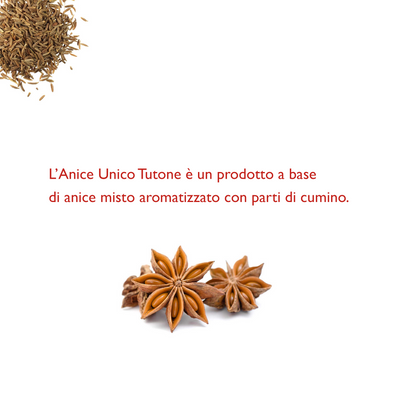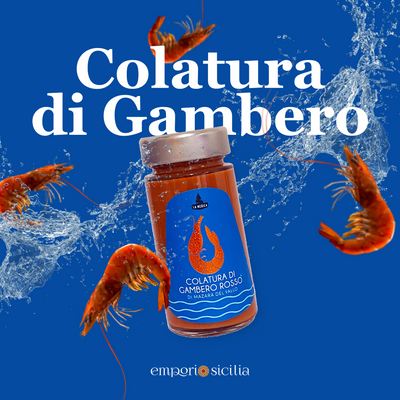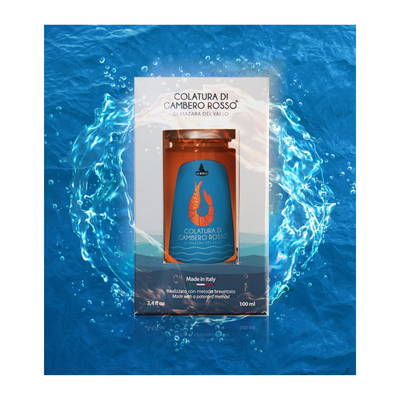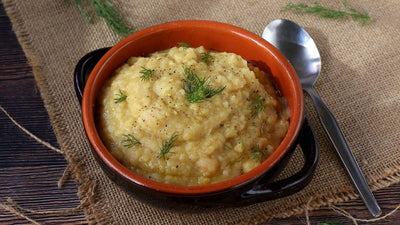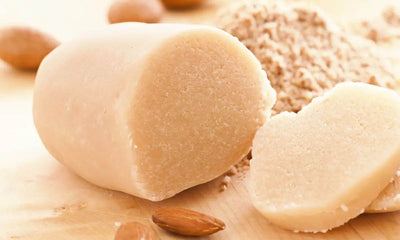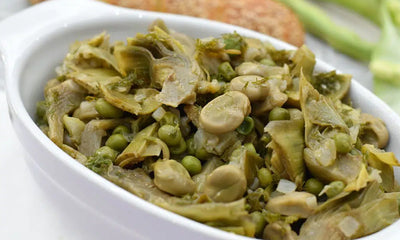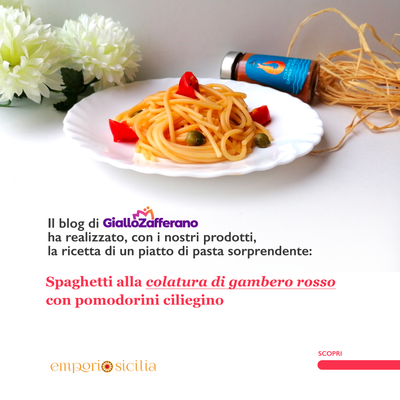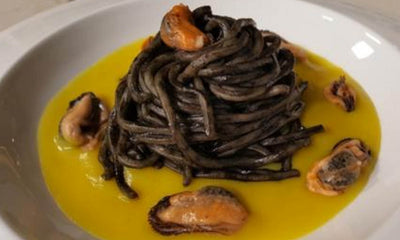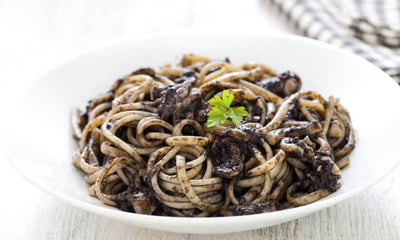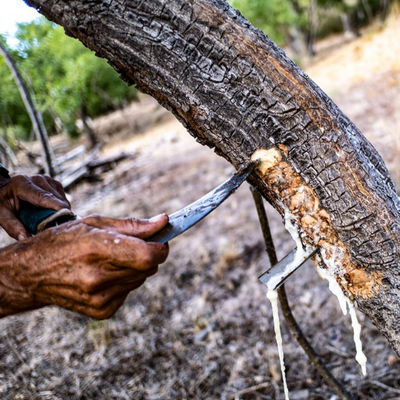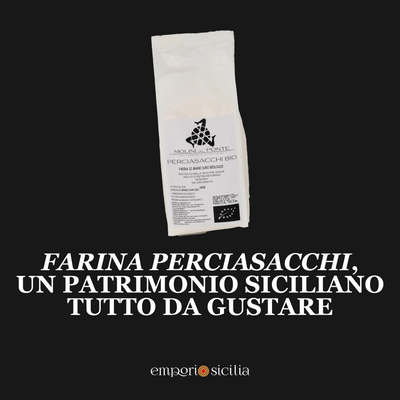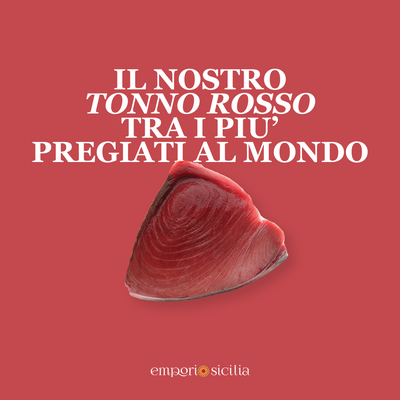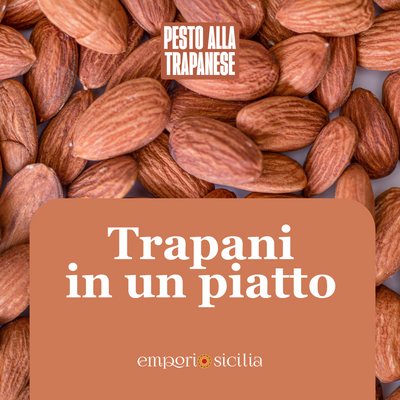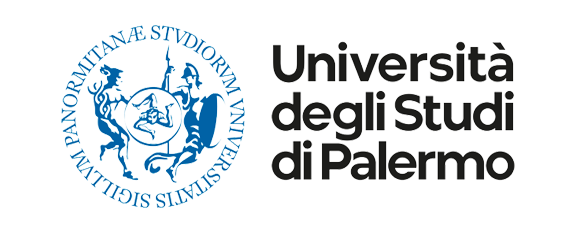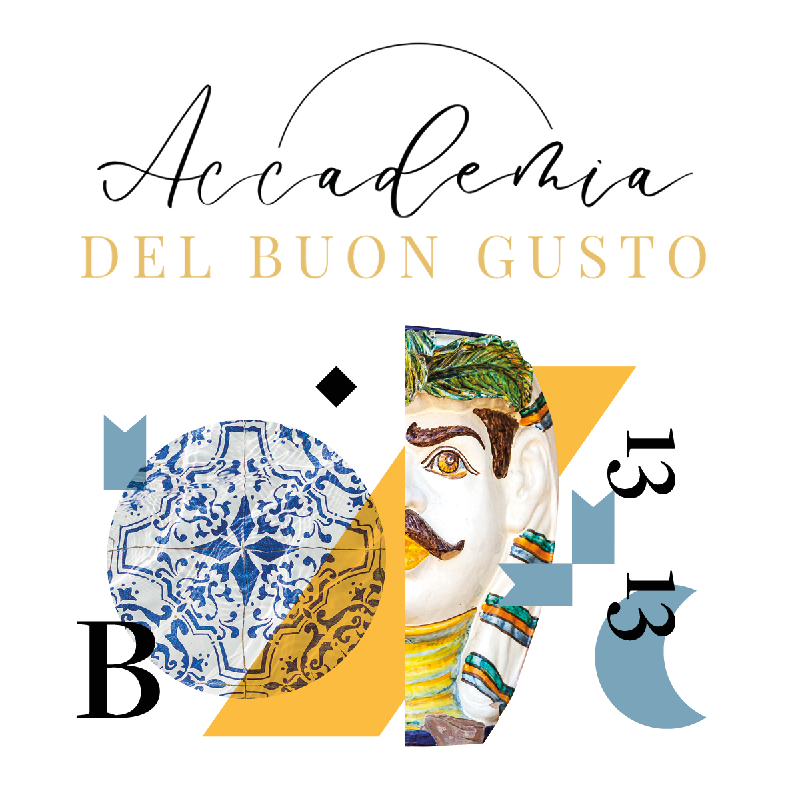In Sicily there is no rush and it is no coincidence that attentive travelers talk about a Middle Eastern island where the shady and cool alleys in summer recall smells from a thousand and one nights. The smells of food have marked the time of this island. Here East and West have united spirit and matter in this crossroads of the Mediterranean. In this perfect place, the goods brought by refugees and slaves, leaders and merchants, philosophers and poets converged. Thanks to them, cooking becomes art, a perfect harmonious symphony and ideal balance. So don't be scandalized if you go around and meet people who eat while walking,
Shopping at the market, talking about business or love. That's how Sicilians eat at any time and with their hands. With a slowness that takes on a bewitching transcendence, as a sign of that particular wisdom which, in every moment, makes us appreciate the passage of time.
Street cuisine is the one with the four quarters of nobility since it can be traced back to the "thermopolion" of the Greek cities of Sicily. In fact, a corner of the agora was covered by a roof and intended for the sale of food; meats, fish, fried foods, boiled vegetables, all stuff to take home or eat on the spot. Fast-food and take away were born then 2300 years ago. Later that cousin moved to squares, markets and buffets.
The most famous foods are these. The "Stigghiole" come from the Greek world. from extiliola from “extilia”, i.e. entrails. Sheep, goat and vaccine casings which are well cleaned and skewered and cooked on the embers. From that ancient Greek world also comes the "Quarume" ("caldume" hot stuff) obtained from
bovine innards boiled in broth. The summer edition is the "peri e mosso": veal feet, cheek, head, tripe and other boiled parts served with a squeeze of lemon and a little salt.
From the Saracen world comes "Arancina", a classic dish of saffron-scented rice from the Maghreb tradition transformed into a ball the size of an orange, fried crispy for takeaway.
From the Jewish world comes the "Meusa" (spleen) sandwich. A soft sandwich created by the Jews of Palermo over 1000 years ago; a focaccia with meat for those who were often forced to substitute its image.
Of monastic origin, "Sfincione" is a thick, soft and spongy pasta (sfence is sponge in Arabic) cooked in a pan like a pizza. Then we have the classic "Pane e Panelle", very thin flatbread of chickpea polenta, fried in boiling oil and imprisoned in a hot roll covered in sesame.
On holiday days the streets are enriched with colorful stalls of sellers of "Spassatempu", those bruscolini which here still bear ancient names "Calia" (from the Arabic "ualiya") refers to toasted chickpeas, pumpkin seeds but also broad beans, carobs together with hazelnuts, almonds and pistachios and others
small delights displayed under a thousand lights and many colours.
"La Cubaita" the nougat, the colorful country ice cream, alongside "nucatoli", "gucciddati" "petrafennula" and "pupaccena" which is difficult to explain in a few lines. Just think that all the delicacies of the oriental world came to rest here, bringing with them myths, legends, religiosity and poetry. Street cuisine still brightens up historic markets and major religious festivals with the joy of colors, its intense aromas and the pleasantness of the baroque decorations of the stalls. All ways of understanding the little pleasures of life.



